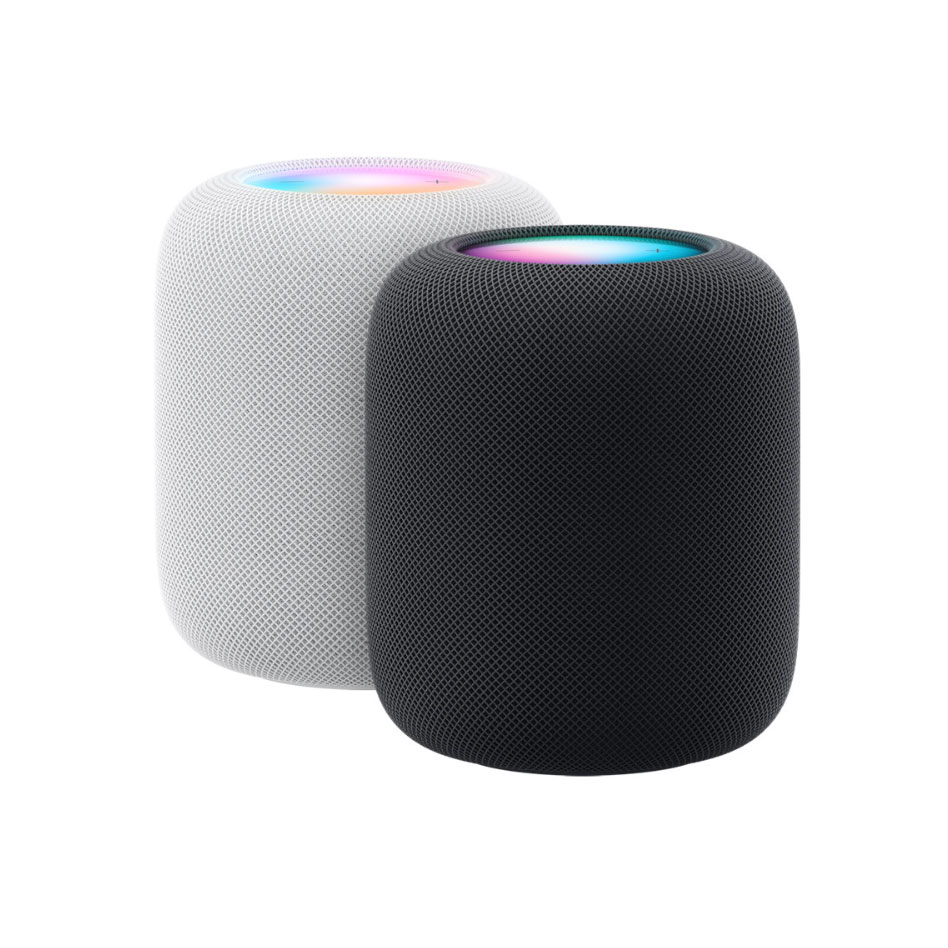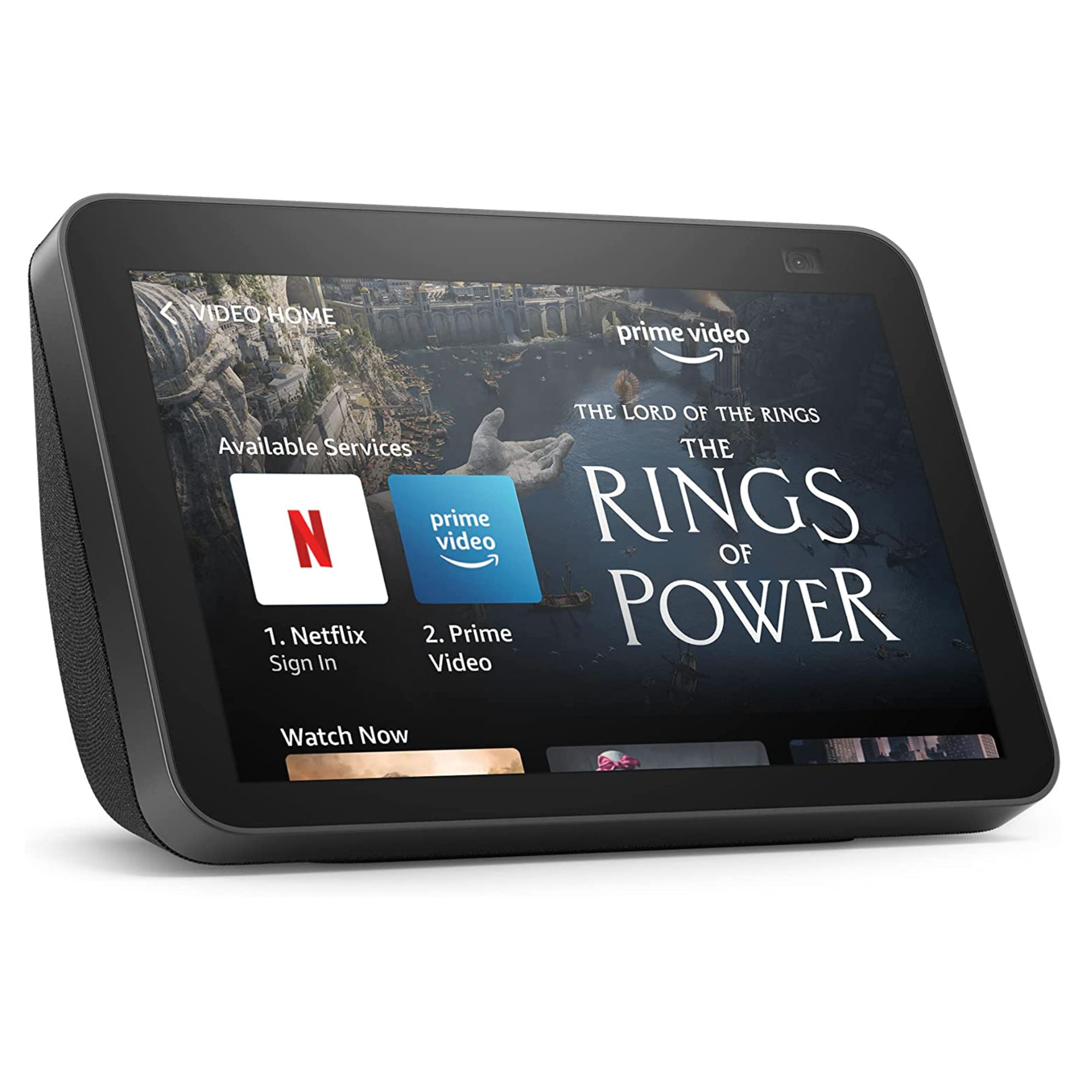Smart home ecosystems - what are they and why do I need one?
Simplify your life by controlling all of your smart devices using a single smart home ecosystem
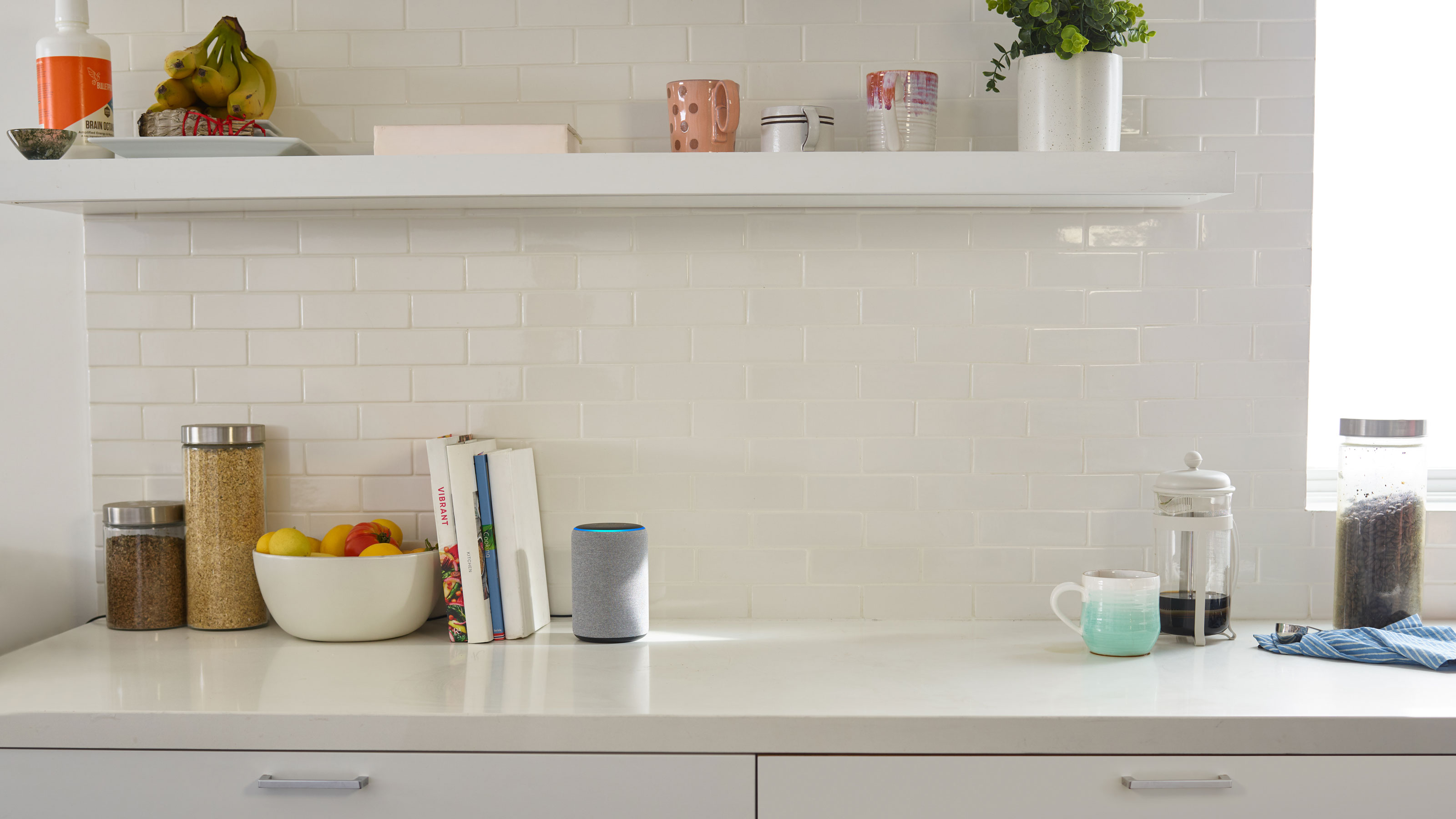

Ever heard of a smart home ecosystem? Not many have. But don't worry, that's why we and our extensive knowledge in the latest innovations in home tech are here to help.
Since smart home tech is all about using automation to make life easier, shouldn’t using them be a simple process, too? That’s where ecosystems – single-control centres through which you can manage all of your smart home devices – come into play.
Here, we explain what's involved in a smart home ecosystem and how linking all your tech to one will make your smart home work super smoothly.
Why do I need one?

If you’re starting a smart home setup from scratch, it’s advisable to buy from the same brand wherever possible so you can control everything using a single app.
However, this isn’t always an option – you may already have some devices from a variety of brands installed or you may prefer the look or functionality of a device from another company.

This is where a smart ecosystem can make life a whole lot easier. Every time you buy a smart home product, you need to download the brand’s app to set up and control the device.
Perhaps you own a Philips Hue smart light, an Arlo video doorbell and a smart security video camera from Swann? All three require you to download an app. By linking the different products to one ecosystem, you can control them from one place, without having to jump between apps.
Get the Ideal Home Newsletter
Sign up to our newsletter for style and decor inspiration, house makeovers, project advice and more.
What ecosystems are there?
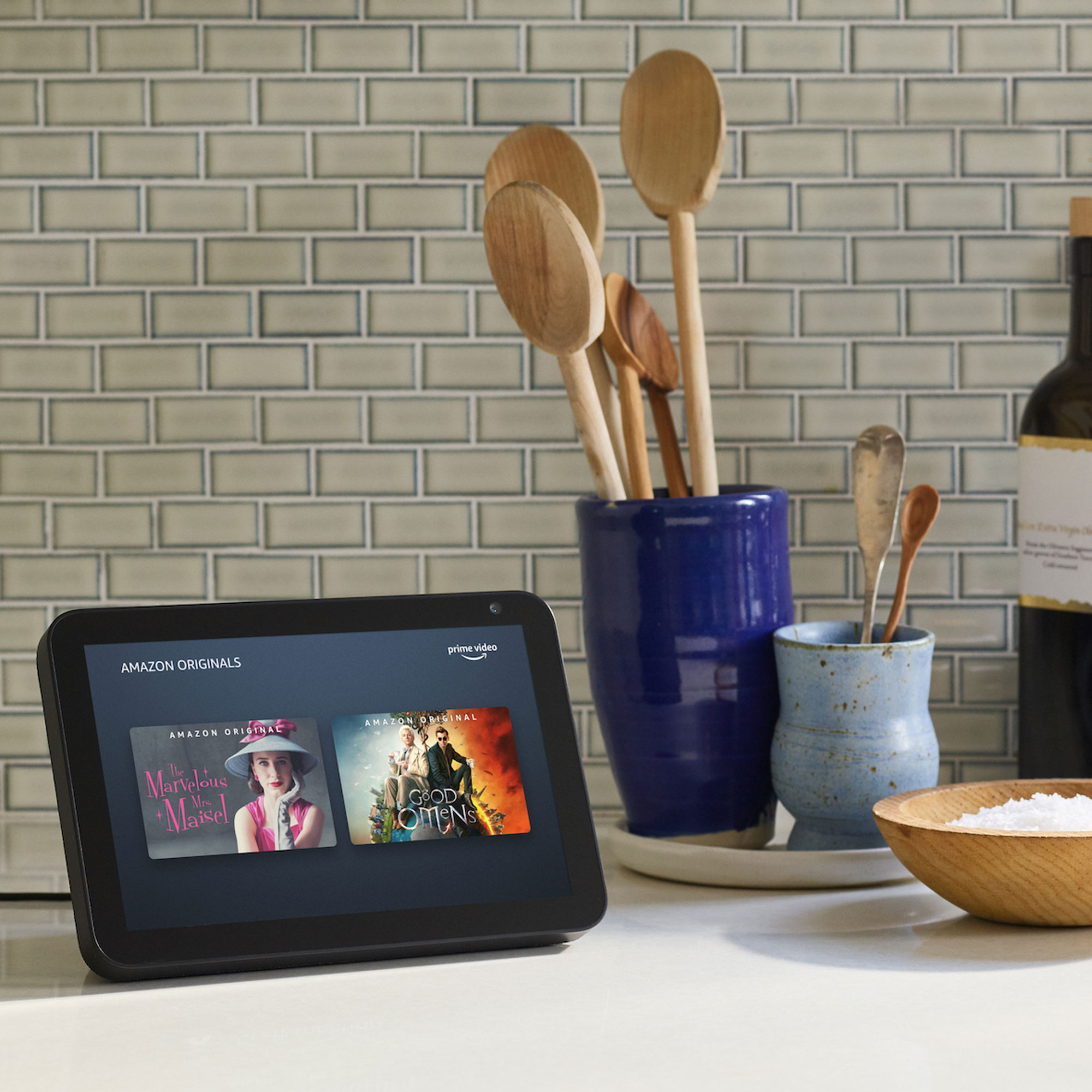
The three leading ecosystem apps are Amazon's Alexa, Apple Home from Apple and the Google Assistant from Google Home.
You can link third-party devices to these apps – not just the devices made by them – and control them all on your smartphone, sharing the app with other household members.
There are other ecosystems, such as IFTTT and Samsung’s SmartThings, but they tend to have less compatibility than the three big hitters.
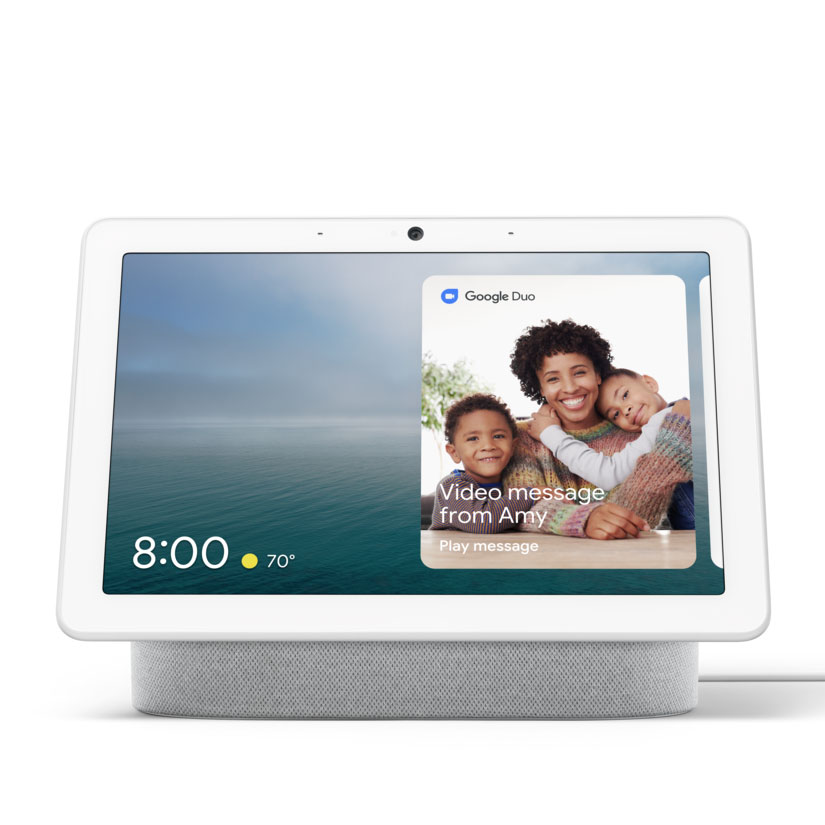
Available in four colourways, the Google Nest Hub features a 7" touchscreen for easy control (though you can also use voice commands, too).
How do they work?
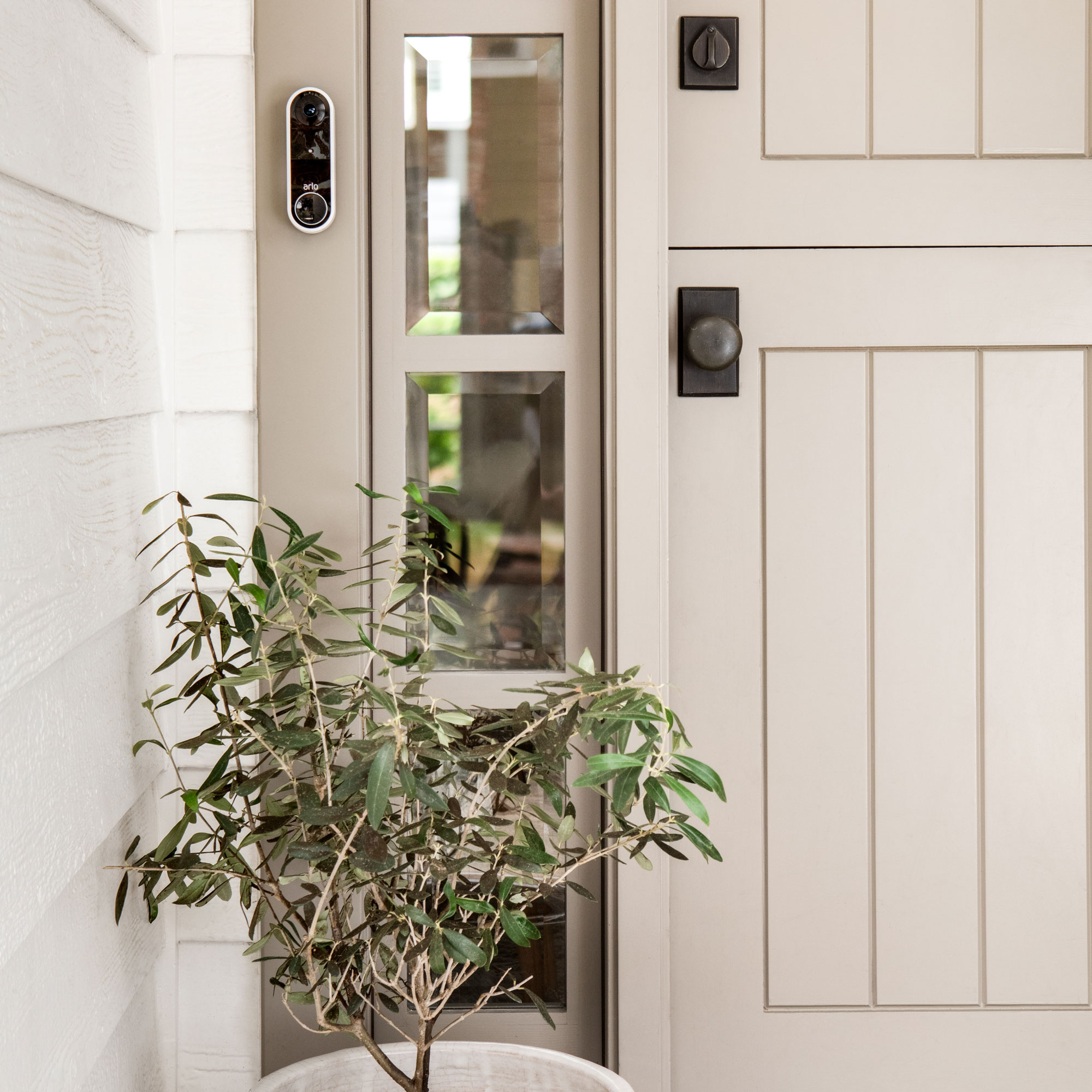
Before you buy a smart home product, find out which ecosystem it works with – most devices will work with two or more. It’ll be labelled 'works with Alexa' or 'works with Apple Home’ and so on. For instance, a Netatmo smart thermostat, a Tapo smart plug and a WiZ smart light all work with the Google Home ecosystem.
When you’ve purchased a new device, you will need to download the product’s app to activate it, but after that you can link the product to your ecosystem of choice and never bother with the device’s app again.
It’s also super-useful if you have two products from different companies that do the same thing. If you have smart lights from Philips Hue and Lifx in the same room, they can still be controlled from one ecosystem, either as a group or individually, allowing you to set up routines and schedules.
Do I need the ecosystem app?
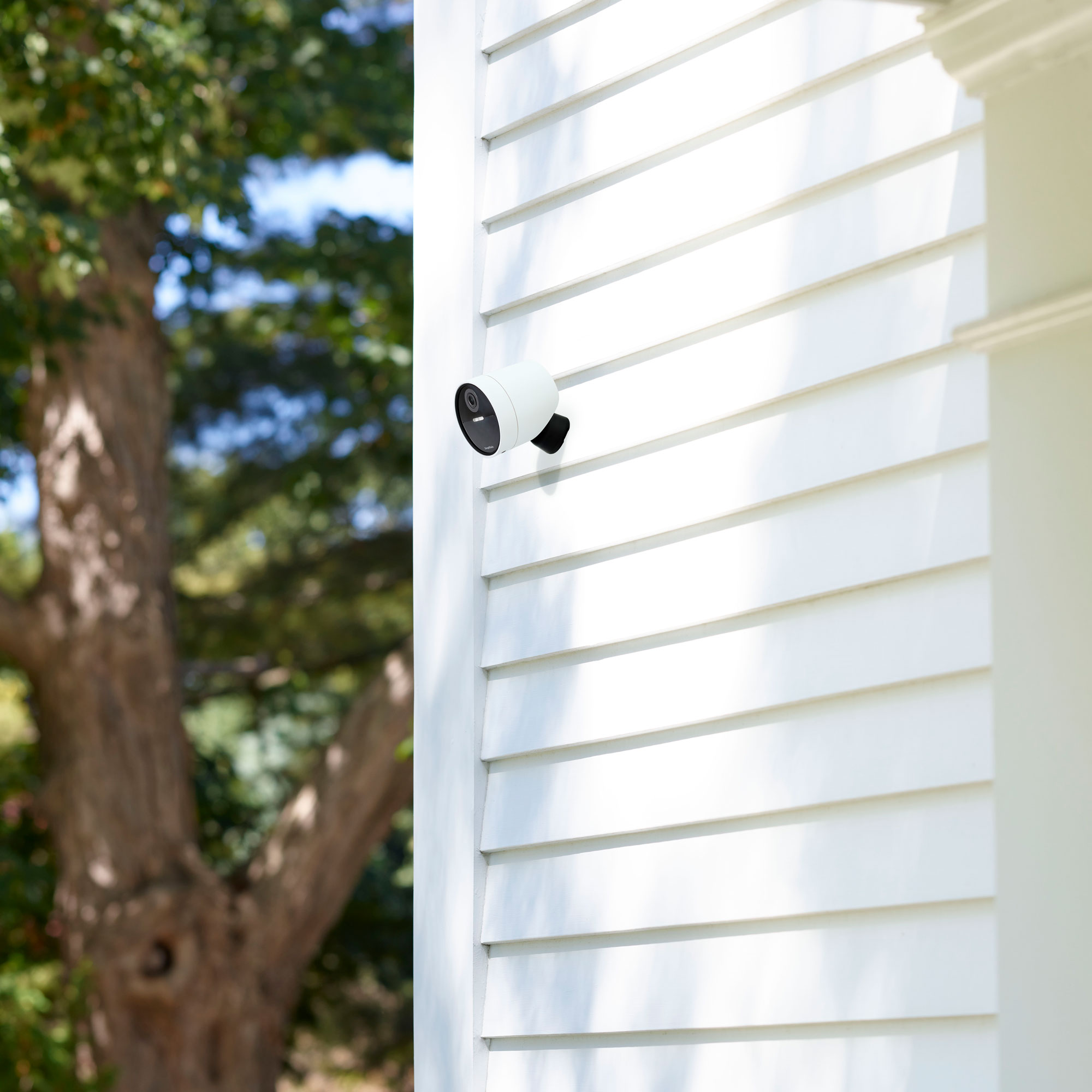
Not necessarily. Yes, you’ll have to link them all up using one ecosystem app, but you can control them by voice control.
Furthermore, the addition of a hub device will give everyone in your household access to voice control, and even security camera views on demand if your hub features a screen.

Ginevra Benedetti has been the Deputy Editor of Ideal Home magazine since 2021. With a career in magazines spanning nearly twenty years, she has worked for the majority of the UK’s interiors magazines, both as staff and as a freelancer. She first joined the Ideal Home team in 2011, initially as the Deputy Decorating Editor and has never left! She currently oversees the publication of the brand’s magazine each month, from planning through to publication, editing, writing or commissioning the majority of the content.
-
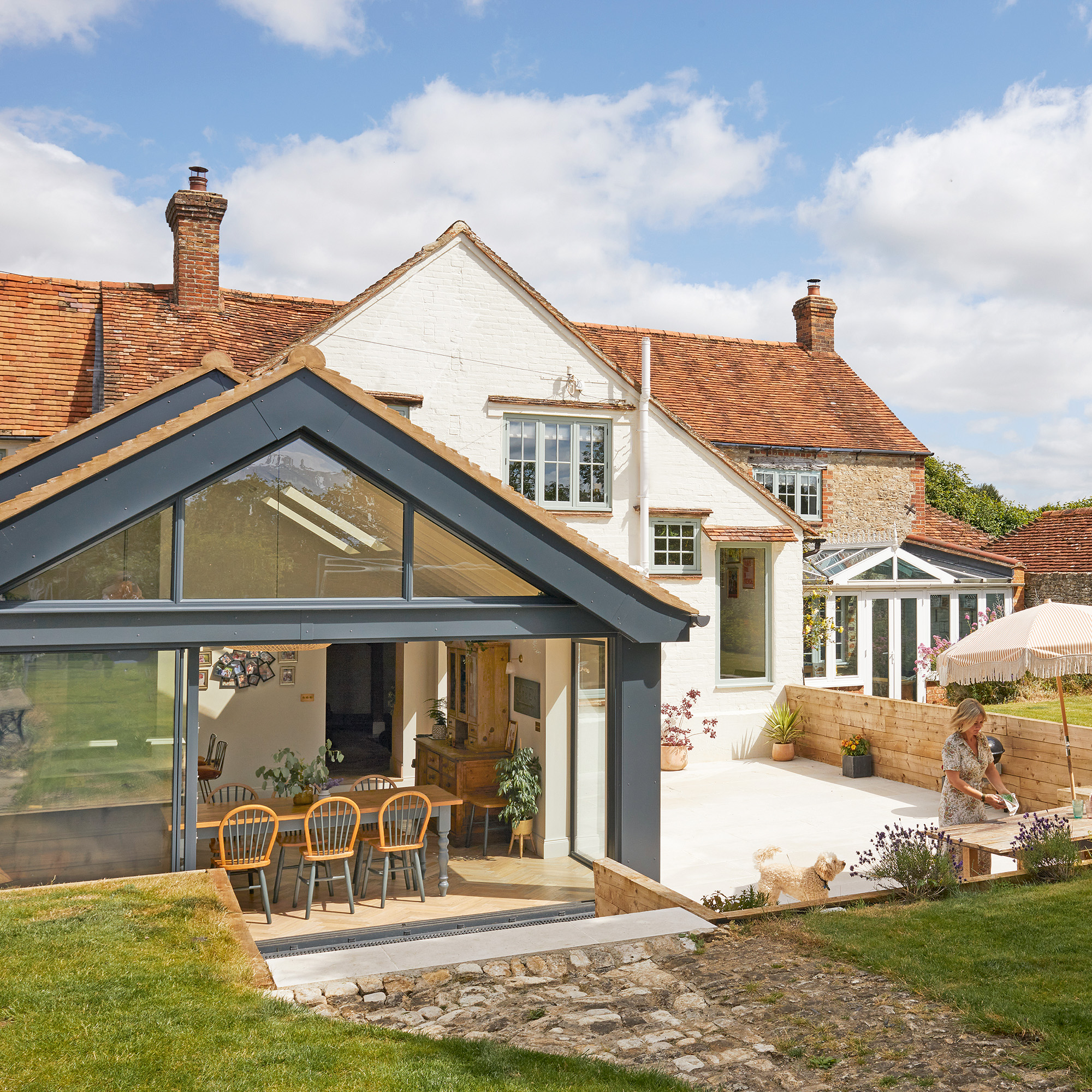 Moving from the city to the country transformed this family's life
Moving from the city to the country transformed this family's lifeA sympathetic restoration and a modern extension have given this period property a new start as a practical family home
By Louise O'Bryan
-
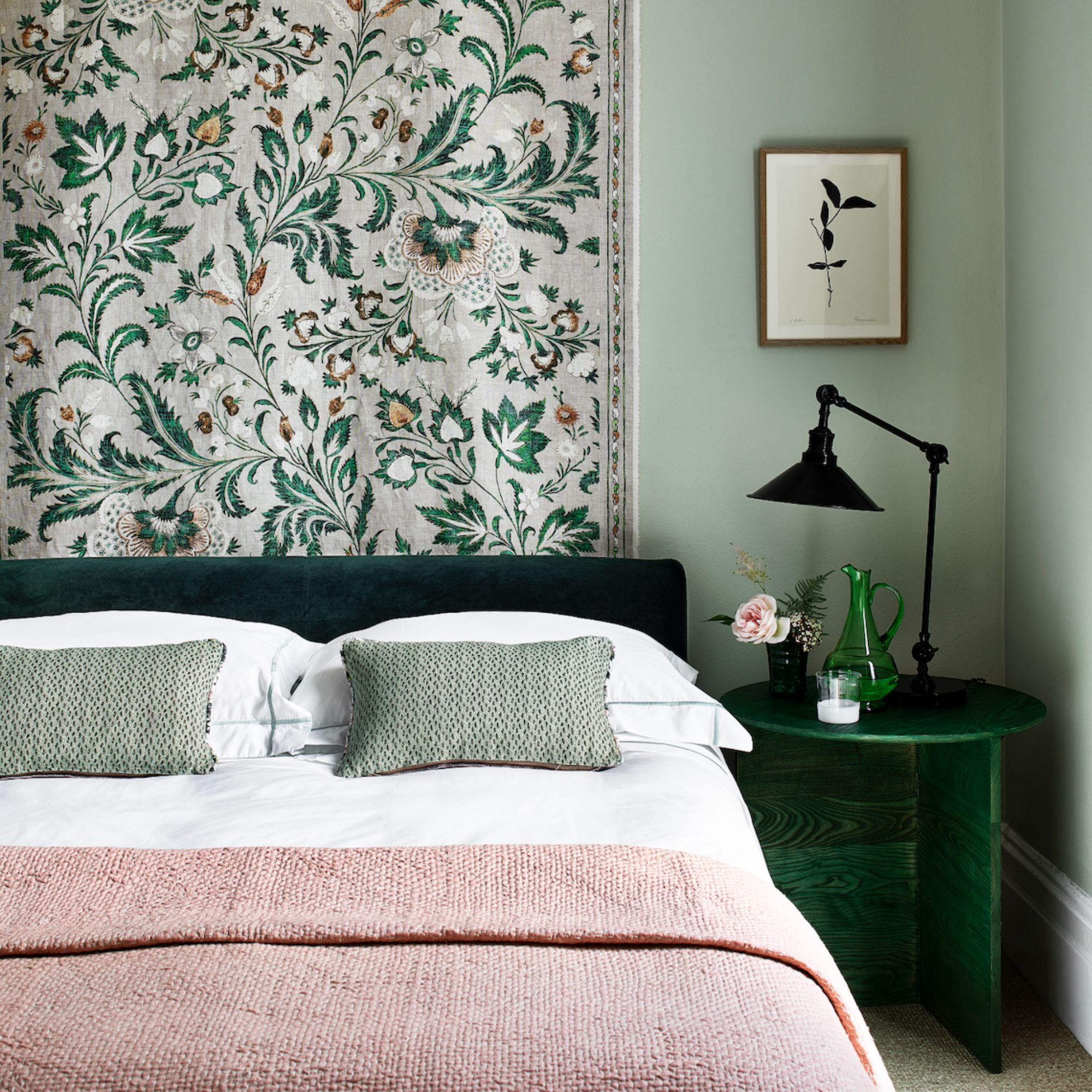 Sorry florals, botanical patterns are trending for 2025 – interior experts share the best ways to make them work in your home
Sorry florals, botanical patterns are trending for 2025 – interior experts share the best ways to make them work in your homeEmbrace bold blooms in your scheme
By Maddie Balcombe
-
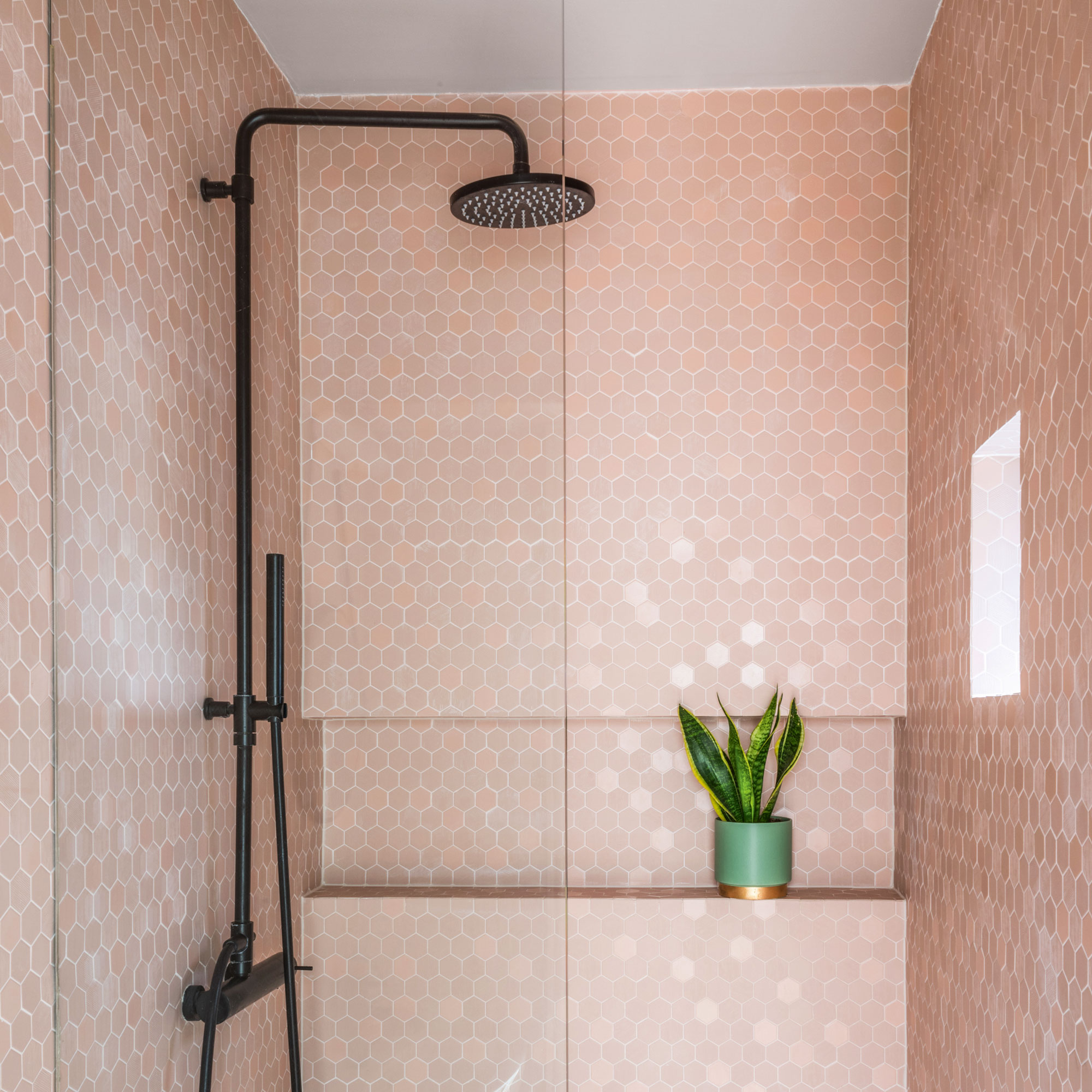 Are rainfall shower heads out of style in 2025? These 3 alternatives could be the next best thing
Are rainfall shower heads out of style in 2025? These 3 alternatives could be the next best thingIt could be time to try something new
By Holly Cockburn
